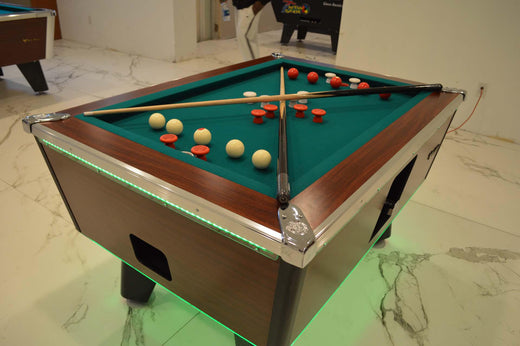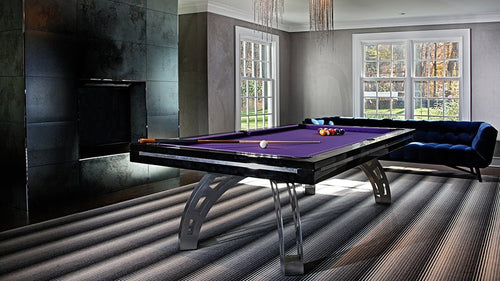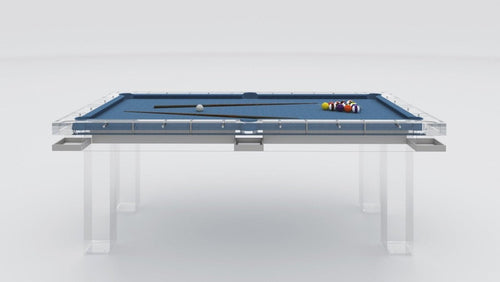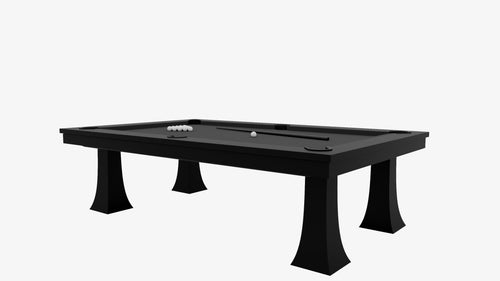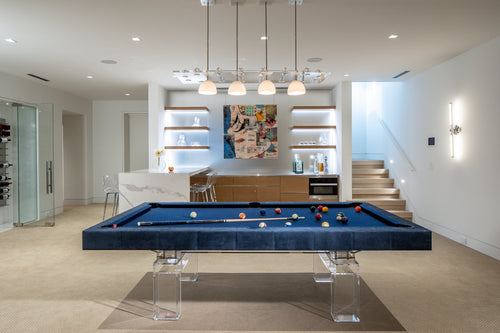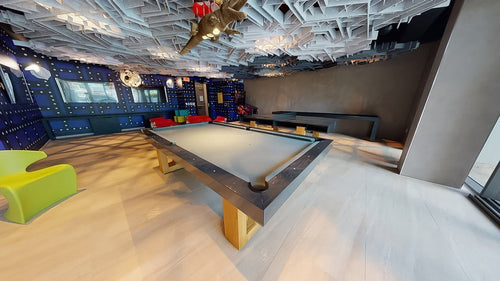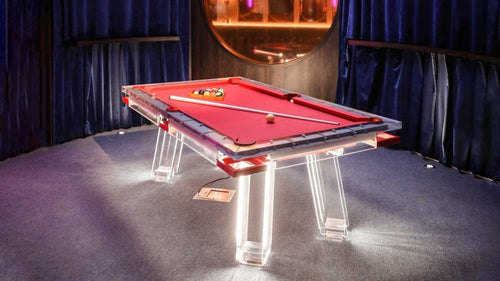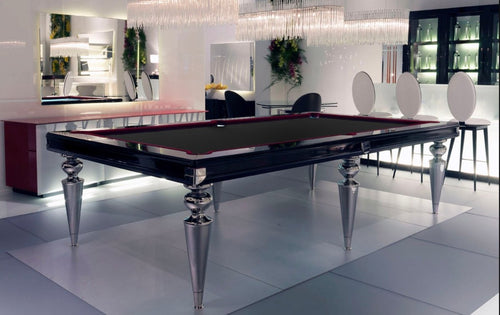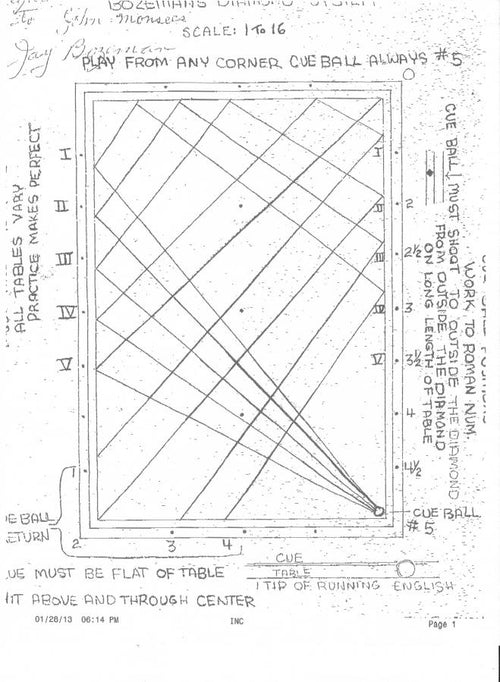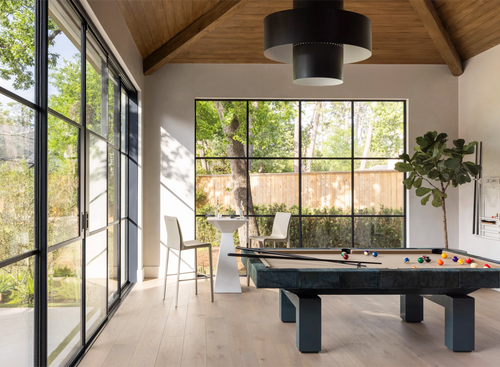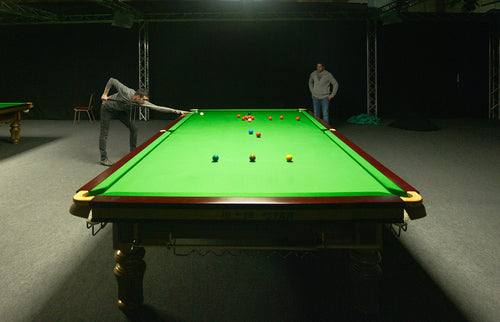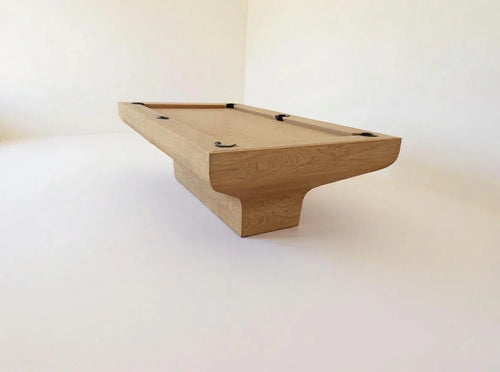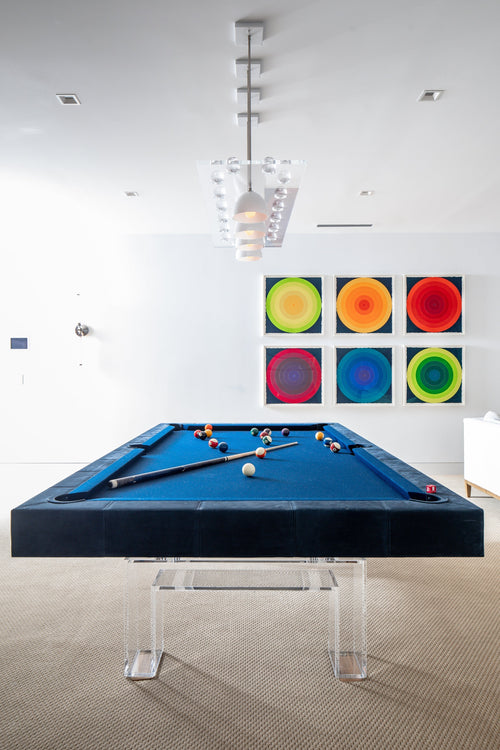Enjoy our modern designs
Fast, strategic and compact. Here’s the clean, official-style guide to setup, rules, fouls and smart tactics so games run tight and fair.
- Two colors: red & white (5 balls each, incl. a marked ball).
- Each player shoots to a single home pocket at the opposite end.
- Open with simultaneous bank shots of the marked balls.
- First to sink all five into their home pocket wins.
What Is Bumper Pool?
Bumper Pool is played on a smaller table with fixed rubber bumpers that reshape angles and routes. Each player has one home pocket at the far end—no roaming among six pockets like pool. It’s quick, tactical and all about controlled banks.
How to Set Up the Table
- Choose colors: One player takes red, the other white (5 balls each, including a marked ball).
- Marked balls: Place each marked ball directly in front of the opponent’s home pocket.
- Semicircles: Arrange your remaining four balls in a half-moon around your marked ball (two on each side).
- Check bumpers: Ensure bumpers are secure/clean—small shifts change shot lines.
- Level: Confirm the table is level for fair rolls.
Official-Style Rules
- Players: Two players or two teams of two.
- Opening shot: Both players simultaneously bank their marked ball off at least one cushion toward their home pocket.
- Marked-ball first: You must pocket your marked ball before any others. If you pocket another ball first, your opponent may immediately drop two of their balls into their home pocket.
- Turns: Pocket your own ball → shoot again. If both players make their marked balls on the break, each re-spots one ball in front of their pocket and re-shoots simultaneously.
- Ball off table: If any ball leaves the table, your opponent may place that ball anywhere on the surface and also drop two of their balls.
- Opponent’s ball pocketed: No direct penalty if it falls incidentally. But if you shoot your own ball into their pocket (or intentionally shoot theirs), your opponent drops two balls.
- No jump shots: You may not jump balls over bumpers. Penalty mirrors shooting into the wrong pocket: opponent drops two.
- Win condition: First to sink all five into their home pocket wins. If your final ball goes into the opponent’s pocket, you lose.
Common Fouls & Penalties
- Sinking opponent’s ball: Opponent drops two of their balls.
- Any ball leaves table: Opponent places it anywhere and drops two of their balls.
- Jumping a bumper: Opponent drops two of their balls.
Soft, precise banks win more racks than power. Control the cue ball—don’t fight the bumpers.
Strategies That Win
- Bank mastery: Drill simple one-cushion routes first; add two-cushion patterns as you learn table speed.
- Defend lanes: Park balls to block clean angles to your opponent’s pocket.
- Mark your angles: Visualize rebound lines off bumpers; commit to lines—don’t steer mid-stroke.
- Marked-ball priority: Pocket it early; the “two-ball” penalties swing racks fast.
FAQ
Can I play solo?
Yes—great for banking practice and learning how your table rolls.
Best table shape for beginners?
Rectangular is simpler; octagonal is fun but trickier for new players.
How is it different from pool?
Smaller table, single home pocket per player and bumpers that force bank-first thinking.
Final Thoughts
Bumper Pool rewards precision and lane control. Set up correctly, play your marked ball first, keep fouls off the table and use bumpers as allies. Do that, and games stay fast, fair and fun.


